10 Most Difficult Places To Reach In The World, Even For Experienced Travellers
Travel isn’t always easy, but in these destinations it’s certainly a little more challenging. Here are some of the world’s more difficult destinations that are totally worth the effort.
1. AREA 51
Located 85 miles north of Las Vegas, Nevada, Area 51 is one of the most unknown and mysterious travel destinations on Earth. This military base, allegedly involved in extraterrestrial technology, has established itself as a place highly inaccessible for an average citizen. It is highly classified. Outsiders encounter intimidating and heavily armed guards with impenetrable fences, surveillance cameras, and motion detectors, making entry virtually impossible to enter. Area 51 is also not included on the official map; doing that just makes it all the more mysterious and interesting for people to want to break in and find what is inside it.
2. The Mariana Trench
The Mariana Trench is the deepest part of the world’s oceans, located in the Western Pacific Ocean. It is considered one of the most difficult places to access due to its extreme depth of approximately 36,000 feet, and it is being in the middle of the whole ocean making it super difficult to get into. The crushing pressures and darkness at definitely such depths pose significant challenges for humans and the technology that we have.
Traditional submarines really are unable to withstand this place’s immense pressure, while remote-operated vehicles must be specifically designed to function in these harsh conditions that will allow the device to enter; though that is inaccessible to normal citizens-hence making it a place that is a place that is difficult to go into.
The deepest point of the trench, known as the Challenger Deep, is over 36,000 feet deep and has only been visited by a handful of human-occupied vessels. Despite its extreme depth and harsh environment, the Mariana Trench is home to a variety of unique and fascinating deep-sea creatures, including giant squids, amphipods, and sea cucumbers.
3. England’s Gold Vault
England’s Gold Vault, located beneath the Bank of England in London, is one of the most secure places in the world. Though this place is an area that is expected to be very defended since it is a Gold vault, no matter who you are you will really have the hardest time getting into the insides or even just the place. It is located beneath the bank’s headquarters in London and is one of the most secure and challenging places to access in the world.
Holding approximately 400,000 gold bars worth over $248 billion. It is hard to access not because of its physical placement but because it also has multiple layers of physical barriers, advanced surveillance technology, access control systems, and 24/7 armed guards. Not only is admission strictly limited to authorized personnel, but multiple authentication steps, including voice recognition and complex biometrics, are required to unlock the massive 3.3-ton doors guarding the vault.
4. Norfolk Island
Norfolk Island is a small island located in the South Pacific Ocean, known for its beautiful beaches and historic sites. This Island is an isolated Australian territory in the South Pacific Ocean, that has a very unique and hard-way place for travelers. Besides, the island’s small size, rustic infrastructure, and strict biosecurity measures really add layers of difficulty to the journey. Traveling to the island alone requires so much advanced and careful planning and often entails substantial expenses and time commitments, making it one of the world’s most difficult places to reach. Its remote location, far from major transport hubs, means very particularly limited means of access, with infrequent flights from only a few cities in Australia and New Zealand.
An interesting fact that few people may be aware of is that the island has its own unique language, called Norfuk. This language developed over time as a combination of English and Tahitian, spoken by the descendants of the island’s original settlers, who were a mix of British sailors and Tahitian women. Norfuk is a distinct language, with its own grammar, vocabulary, and pronunciation. It is still spoken by many of the island’s inhabitants, and efforts are being made to preserve and promote the language, including the establishment of a Norfuk Language Centre.
5. Okunoshima
Okunoshima is a small island located in the Seto Inland Sea of Japan, and it has a unique history that few people may know about. During World War II, the island was used as a top-secret location for the production of chemical weapons. Rabbits were brought to the island to test the effects of the poison gas, and they were kept in cages and used as test subjects. After the war, the rabbits were set free and the island became a popular tourist destination. Today, the island is known as “Rabbit Island” due to its large population of friendly, wild rabbits that roam freely around the island. Visitors can feed and interact with the rabbits, and there are even accommodations available for those who want to stay overnight. The island has become a popular destination for animal lovers and tourists seeking a unique and unusual experience.
6. The Tiger Nest
Tiger’s Nest, also known as Paro Taktsang, is a sacred Buddhist site located in the Paro Valley of Bhutan. While it is a popular destination for tourists and pilgrims alike, there are still some mysterious facts that few people may know about the site.
It is still not known by many that the monastery was built in the 17th century in a location that was considered to be impossible to reach. According to legend, Guru Rinpoche, an important figure in Bhutanese Buddhism, flew to the site on the back of a tiger and meditated there for several years. The monastery was later built in the same spot.
7. The Wave in Arizona
The Wave, a breathtaking and unique geological formation located in Arizona, presents a challenging journey for avid explorers. Tucked away in the remote desert landscape of the Paria Canyon-Vermilion Cliffs Wilderness, its otherworldly contours and vibrant color palette have contributed to its increasing popularity.
It is said that the Wave was formed by a combination of wind and water erosion over millions of years. The layers of sandstone that make up the formation were originally deposited by ancient oceans and then sculpted by the forces of nature into the unique and intricate shapes that we see today.
If believed, the Wave is a fragile and delicate formation that is easily damaged by human activity. To protect the site, only a limited number of permits are issued each day for visitors to hike to The Wave, and hikers are required to stay on designated trails and avoid touching or disturbing the rocks.
8. Ciudad Perdida, Colombia.
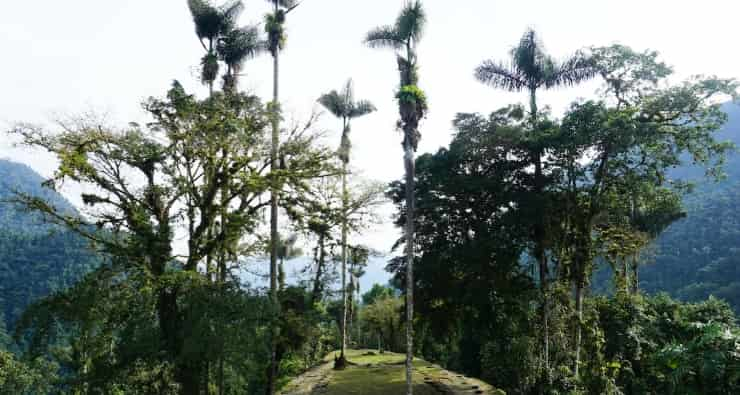 The mysterious Ciudad Perdida, often known as the Lost City is in the heart of Colombia’s Sierra Nevada de Santa Marta Mountain range (well that is very awful to say and even just type; moving on) it attracts the curious traveler with its aura historic grandeur. Though it takes a multi-day, physically taxing trip through the rainforests, where soaring heat and suffocating humidity only make the work harder, it is rare to reach this remote archaeological place. The journey to Ciudad Perdida is littered with insane inclines, rocky trails, and unstable bridges that can be overlooked due to the turbulent rivers, all the while making the whole thing far from being convenient.
The mysterious Ciudad Perdida, often known as the Lost City is in the heart of Colombia’s Sierra Nevada de Santa Marta Mountain range (well that is very awful to say and even just type; moving on) it attracts the curious traveler with its aura historic grandeur. Though it takes a multi-day, physically taxing trip through the rainforests, where soaring heat and suffocating humidity only make the work harder, it is rare to reach this remote archaeological place. The journey to Ciudad Perdida is littered with insane inclines, rocky trails, and unstable bridges that can be overlooked due to the turbulent rivers, all the while making the whole thing far from being convenient.
9. Chile’s Easter Island
Easter Island, also known as Rapa Nui, is a small and remote island located in the southeastern Pacific Ocean, and while it is famous for its iconic stone statues called Moai, there are many interesting facts about the island that few people may know.
One of these facts is that the island’s inhabitants, the Rapa Nui people, were skilled navigators who traveled great distances by sea. Despite being located over 2,000 miles from the nearest continent, they were able to develop a complex society and culture that included agriculture, fishing, and impressive stone masonry.
The Door to Hell, also known as the Darvaza gas crater, is a mysterious and fascinating natural wonder located in the Karakum Desert in Turkmenistan. While many people know about its fiery spectacle, there are some interesting facts about the Door to Hell that few people may know.
One of these facts is that the crater was created by accident in 1971, when a drilling rig collapsed into an underground cavern, releasing a large amount of natural gas. In an effort to prevent the spread of poisonous gas, Soviet scientists set fire to the gas in the cavern, hoping that it would burn off in a few weeks. Instead, the fire has been burning for over 50 years, creating a glowing pit of flames that can be seen for miles.


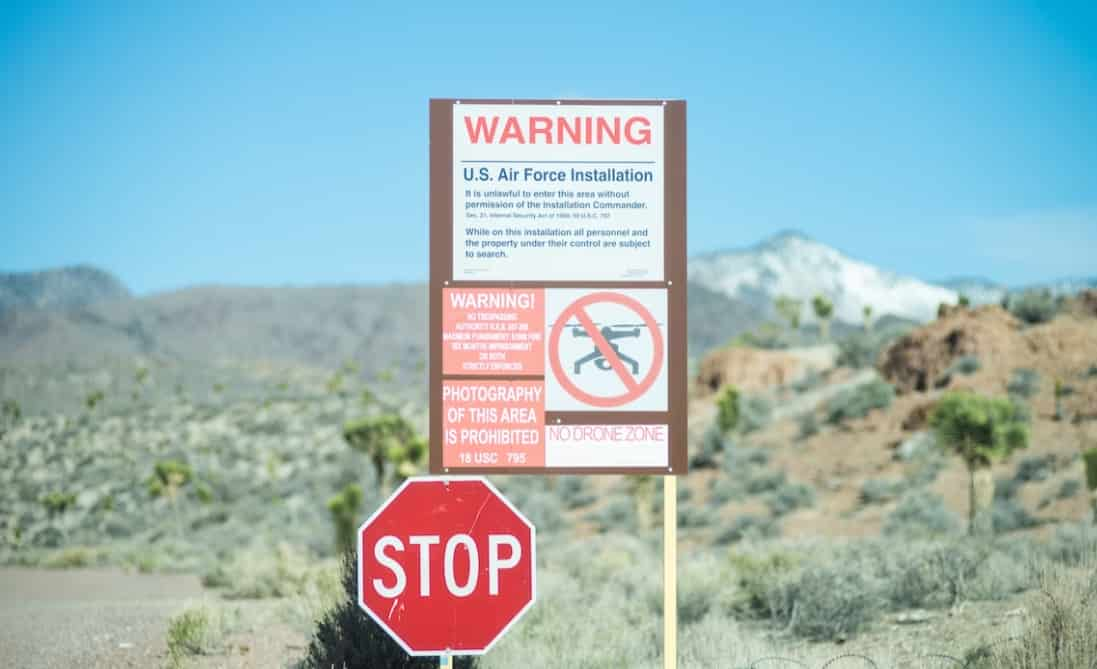
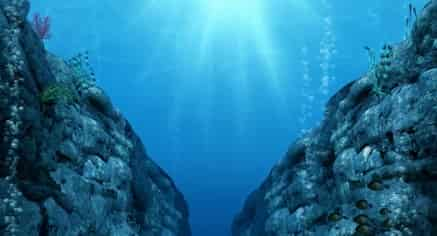

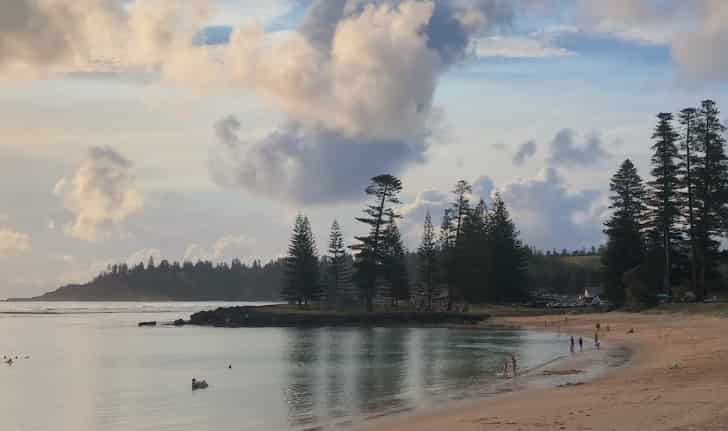
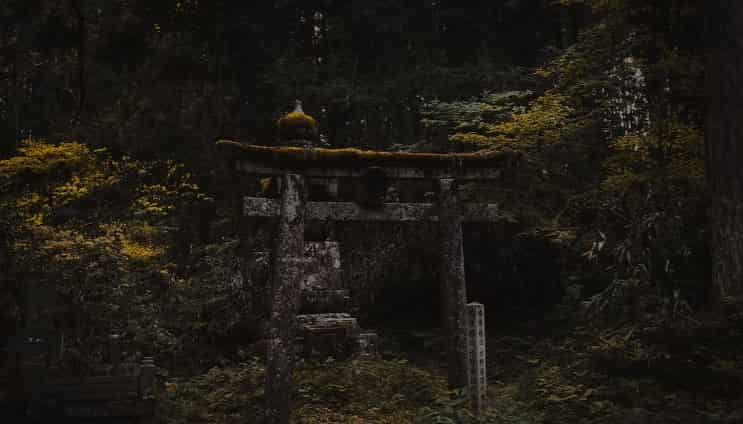
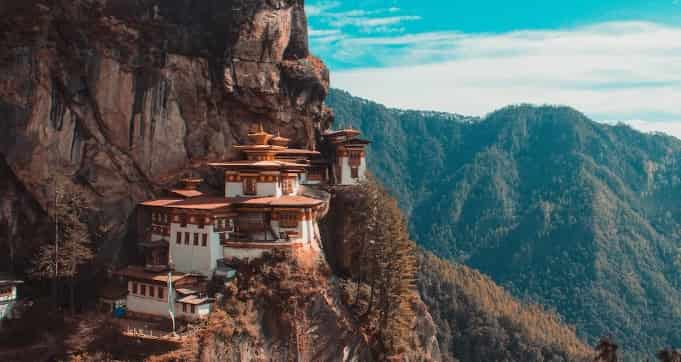
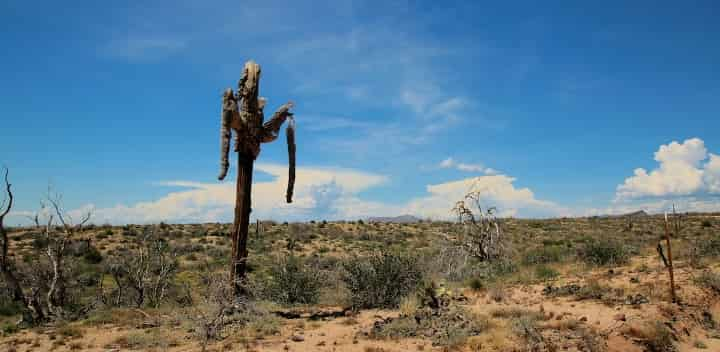
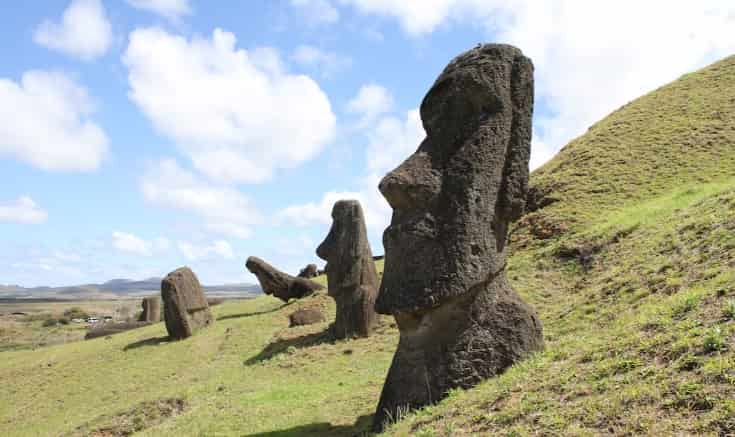

Comments are closed.